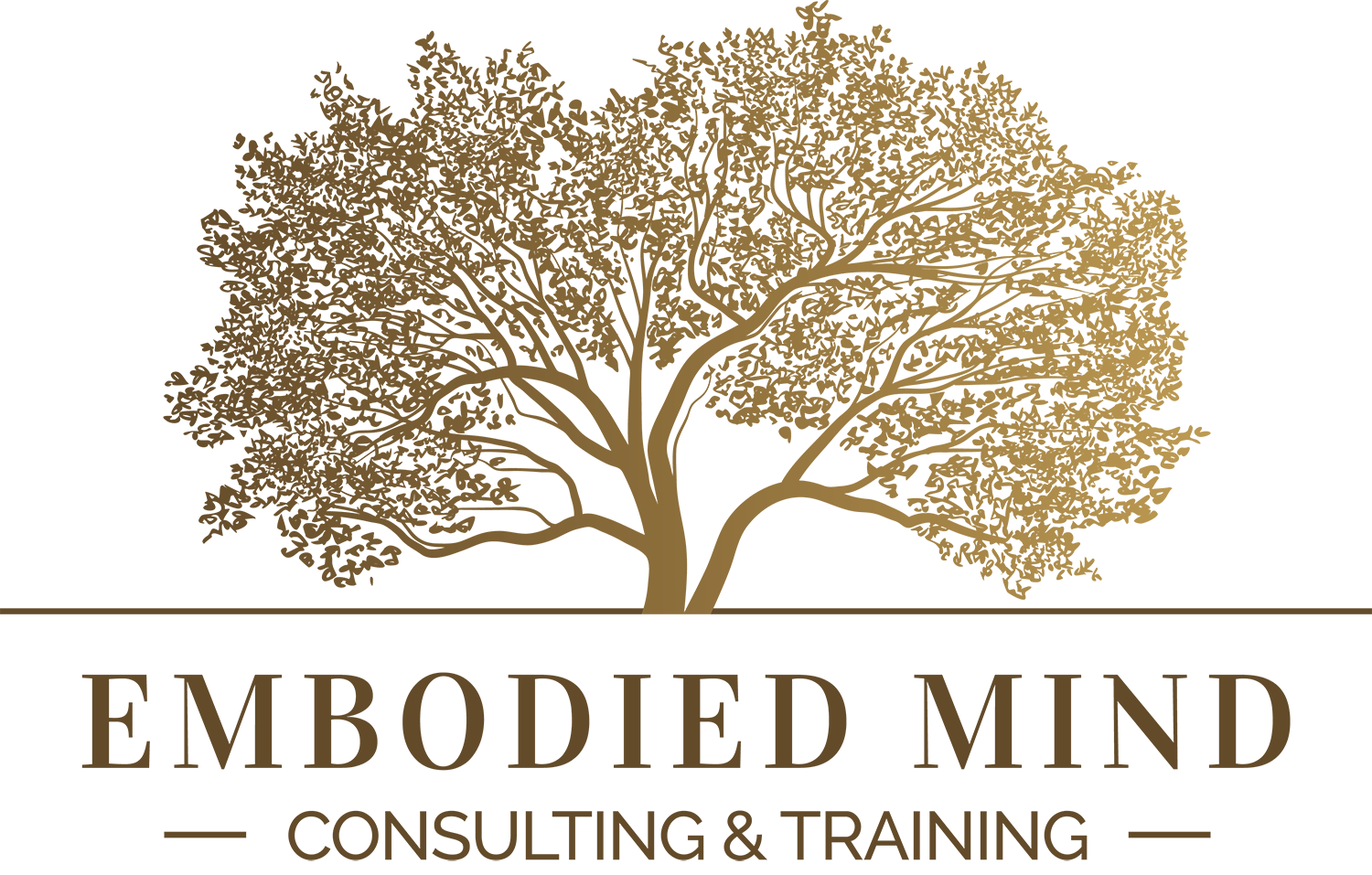Team
We all strive to work in high-performance teams. According to Losada and Heaphy (2004)*, the communicative competencies are vital for high-performance teams (and not only task-orientation). Who wants to achieve a lot, needs a team with good balances between inquiry (asking questions) and advocacy (voicing my point of view), between positive and negative comments and between talking about others and self. Interesting?
“We’ve already moved from management to leadership – and we’re about to go beyond leadership to inspiration. In the 21st century, organizations have to achieve peak performance by creating conditions that allow them to unleash the power of their people – not leading them, not by managing them, but by co-inspiring them.”
It is the how- and not the what-part that determines the success of our team work. Therefore, it is vital to ask:
Which success factors strengthen our team,
How members communicate with each other,
Which team-culture helps us (and which one doesn‘t),
And what leadership style can enhance this.
Our work will be tailored to your needs. It can be a team development, to invest in good collaboration. This could also take place as an outdoor event. Or, you may require a coaching for your team, to enable collective learning and development. Mediation can be necessary when conflicts are already there.
Generally, it is crucial to both include the soft factors as well as the structures and processes that enable good team work. We tackle questions like:
How clear is the division of roles, tasks and decision making power?
How much/how little communication is needed in order to keep transparency while also have time for daily work?
How can meetings be facilitated effectively and efficiently?
Can we speak constructively and openly together (see also the Training in Leading Conversation)?
How do we handle trust and responsibility?
Is it useful for our overall organisation, to introduce agile processes and structures?
The abilities to innovate and learn are competencies that are crucial to more than just the leadership. By including different perspectives, you are able to utilise the wisdom of many and get a more holistic view of your team and organisation. Your colleagues are involved in a co-creative process, which connects them more deeply to your collective goals.
Teams learn to handle complexity, focus on what is currently relevant and utilise common potentials and strengths. They become alert to internal and external changes and are in close contact with your customers and the context.
The newly won clarity can also lead to more agile, self-organised forms of collaboration, as a response to changing needs of staff and stakeholders. This, however, has to be in line with the goals of the organization as a whole.
Virtual Team Coachings are possible.
* Losada, M. & Heaphy, E. (2004): The Role of Positivity and Connectivity in the Performance of Business Teams: A Nonlinear Dynamics Model. American Behavioral Scientist 47 (6).

